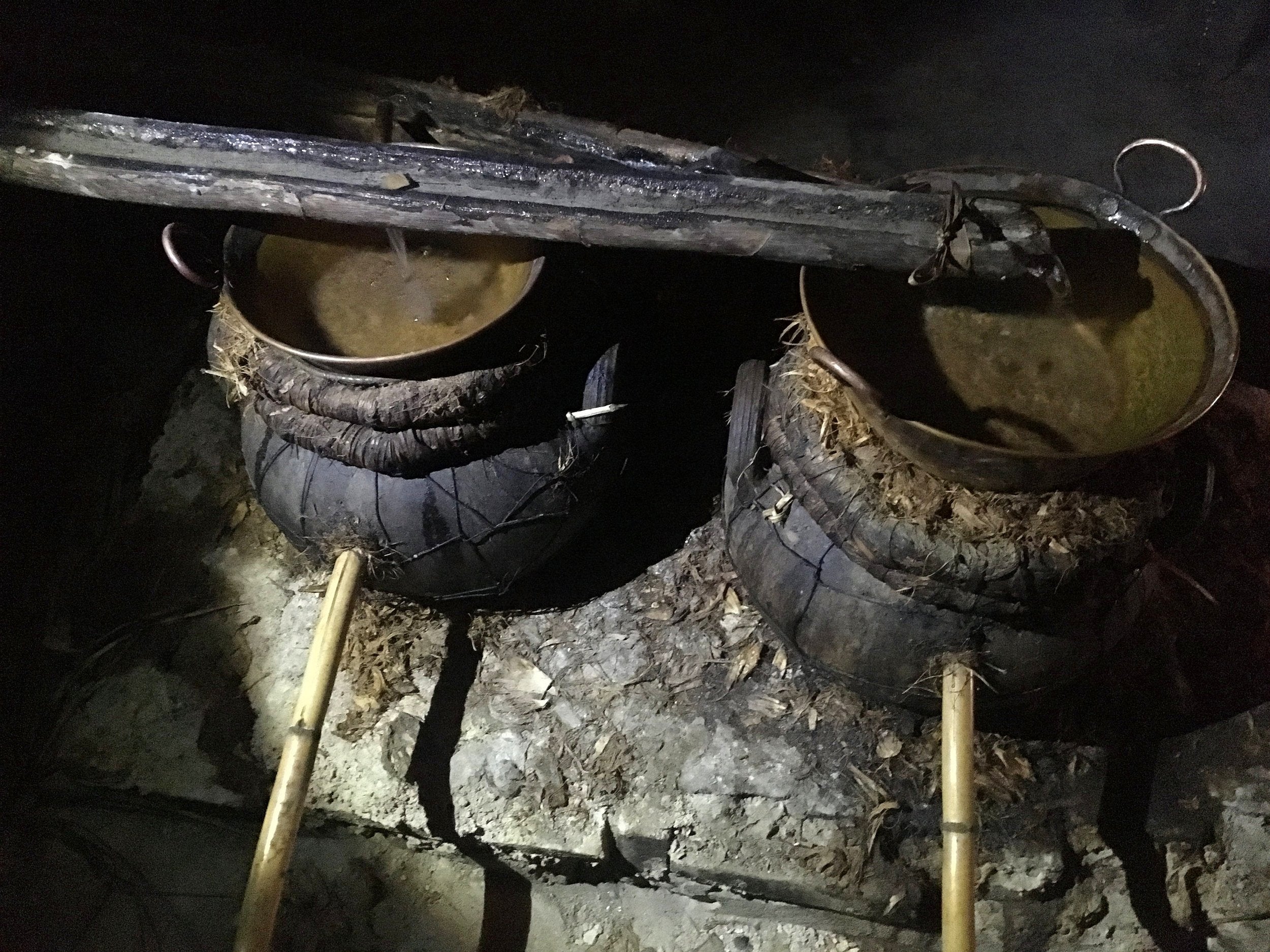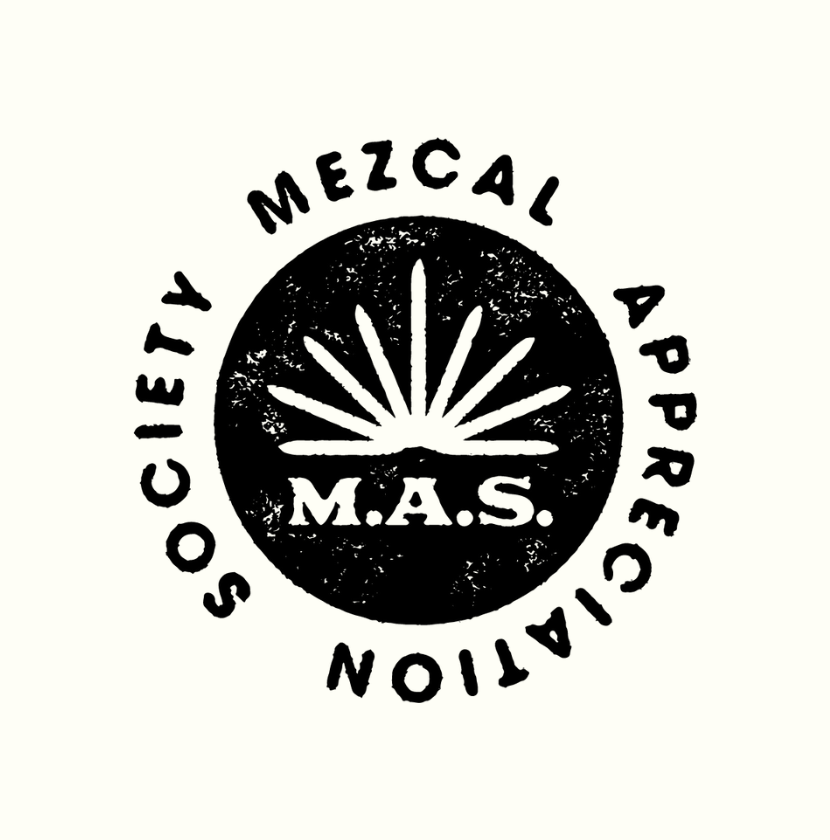ticuchi capon - ixcatlán
Batch: AAA-02
Release date: April 2022

At a glance:
- Producer: Amando Alvarado Alvarez
- Agave: Ticuchi (A. Nussaviorum)
- Community: Santa Maria Ixcatlán, Northern Cañada, Oaxaca
- Distillation style: Clay pots, double pass
- Special notes: Rawhide fermentation
- ABV: 48.4%
- Batch size: 39 litres
- Distillation: March 2020
Above: Distilling through the night by candle light and head torch in Ixcatlán
In the north of the Cañada region of Oaxaca, not far from the border with Puebla, sits the tiny community (less than 700 people) of Santa Maria Ixcatlán. It’s here that Amando Alvarado Alvarez began distilling at a very young age.
Now in his early 30’s Amando has taken charge of the family palenque, become a champion of the heritage and traditions of the region he’s from, and launched the palenque’s own international brand, Ixcateco.
Producers in this region are fundamentally working with maguey Papalome (A.Potatorum), which grows abundantly in the surrounding countryside. However the batch we have here is made from a relatively recently classified cousin of the Potatorum, Agave Nussaviorum, locally known in Ixcatlán as ‘Ticuchi’.
In layman’s terms, Nussavorium is a smaller version of Potatorum. It’s most obvious physical difference is a quiote that only sprouts a fraction of the height. For a much deeper look at the taxonomy of Agave Nussaviorum and how it compares to the more widely known Agave Potatorum, check out this research paper. We also discuss some of the differences in the April 2022 MAS newsletter.
This extremely rare batch is made from 100% capon, wild Ticuchi.
-

Wild agave Potatorum as far as the eye can see
-

Rawhide fermenter
-

Fermenter made from stretched cow skin
The production process in Ixcatlán begins with the agave being roasted in a small earthen pit. The cooked agave is then mashed entirely by hand with heavy wooden clubs.
Crucial to the Ixcatlán profile is the fermentation process, which happens in the rawhide fermenters pictured above. This particular mico-batch was the first to be fermented in a brand new skin.
-

First drops running off the still
-

A small rope directs the dripping mezcal into the clay collection pot
-

Amando shaves the agave leaves really tight to the piña - something we believe leads to lower yields and a sweeter tasting distillate
-
-
-
The fermented mash is then double passed through the clay pot stills. Amando has a unique style of adding some extra fermented mash to the second distillation, which cools the still and protects the clay pots. It inevitably also results in a final distillate that’s a small percentage ‘ordinario’ or first pass distillate.
Multicolumn
Multicolumn

Gracias Amando
House Tasting Notes:
Profile notes: Straight-up candy floss, but with a depth that can only come from this ancestral process.

This batch is now out of stock, take a look at the full range available here...

Become a member and learn more about mezcal
Where your passion for mezcal transforms into a journey of discovery and delight. As a member, you'll gain exclusive access to curated tastings, educational events, and insider knowledge from industry experts.
Whether you're a seasoned enthusiast or a curious newcomer, our community provides a welcoming space to explore, share, and savour mezcal like never before. Join us and immerse yourself in the art and culture of mezcal, one sip at a time.






